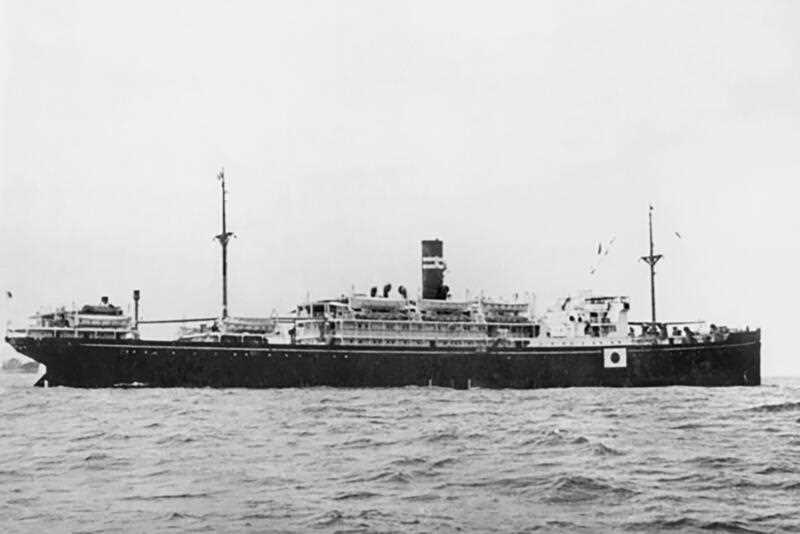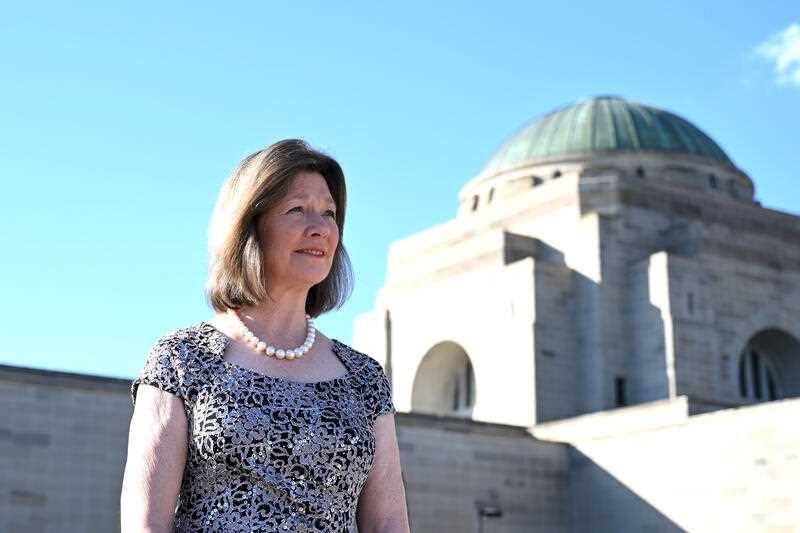Those who lost their lives in Australia’s worst maritime disaster can rest easy knowing their stories are not lost to history.
In April, a group of maritime archaeologists from the Silentworld Foundation discovered the wreck of a ship 80 years after it was hit by a US submarine during World War II.
The Montevideo Maru was found off the coast of the Philippines 4000 metres under the water, a depth further than the final resting place of the Titanic.

Nine months after the wreck’s discovery and 81 years after the disaster, descendants, and dignitaries including Prime Minister Anthony Albanese united to commemorate the lost souls of the Montevideo Maru at the Australian War Memorial on Monday.
Andrea Williams, whose grandfather and great uncle died in the tragedy, said it was a moment to share a significant chapter of Australian war history.
“The men can know that they’ve been found, that they have not been forgotten by Australia – though they have been for decades,” she told AAP.
A founding member of the Rabaul and Montevideo Maru Society, Ms Williams has spent nearly two decades attempting to put this maritime disaster on the Australian radar.
The USS Sturgeon torpedoed the Japanese passenger vessel on July 1, 1942 during World War II, not knowing it carried prisoners of war and civilians captured during the fall of Rabaul months earlier.
The Japanese ship sank with 980 Australian troops and civilians aboard including Wallabies great Mac Ramsay, First Nations soldier George Dalton and a Salvation Army band.
Their families did not receive confirmation of their deaths until the end of the war, about four years later.
“It was so horrific to think about that – I think they blocked it in some way,” Ms Williams said.
“They got to the point where they couldn’t get the information, they had to get on with their lives, and they didn’t want to talk about it because it was just so extraordinarily painful.
“I think it was not acknowledged or remembered in Australia because it was such a disaster.”
To have dignitaries including the Japanese ambassador, the Australian War Memorial CEO and the prime minister recognise this historic event is the culmination of Ms Williams’ decades of work.
“It’s been so hard over the years for the wives, mothers, fathers, children and now grandchildren and great grandchildren – this story has gone through all those generations,” she said.
“To have the prime minister acknowledge this chapter in Australia’s history – which up until now has gone missing – is very, very pleasing.”
By Kat Wong in Canberra



